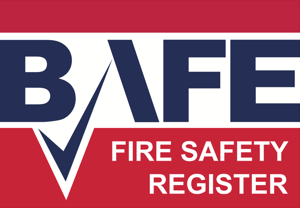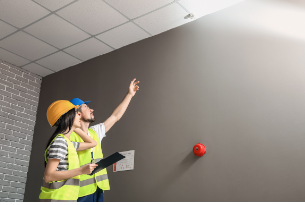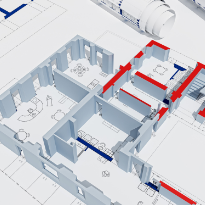Fire Compartmentation
Fire compartmentation is a fundamental concept in fire safety and building design. It involves dividing a building into separate compartments or areas to limit the spread of fire, smoke, and heat from one area to another. The purpose of fire compartmentation is to contain a fire within a defined space, allowing occupants to evacuate safely and providing time for firefighting operations.
- Compartments: A compartment is a designated area within a building that has fire-resistance-rated walls, floors, and ceilings, which are intended to prevent or delay the spread of fire. Compartments can be individual rooms, floors, or sections of a building.
- Fire Resistance: Fire-resistance-rated construction materials, such as fire-rated walls, floors, and doors, are used to create the boundaries of compartments. These materials are designed to withstand fire for a specific period, known as the fire-resistance rating. The rating depends on factors such as the type of building, occupancy, and local fire safety regulations.
- Fire Barriers: Fire barriers are construction elements that separate compartments or divide large compartments into smaller ones. They are typically fire-rated walls or floors that extend from one side of the building to the other, creating a continuous barrier against the spread of fire.
- Fire Doors: Fire doors are specially designed doors that have fire-resistance ratings. They are installed within fire barriers and compartment boundaries to allow access between compartments while maintaining their fire integrity. Fire doors should remain closed and self-close in the event of a fire to prevent fire and smoke from spreading.
- Penetrations and Openings: Openings and penetrations in fire-rated walls, floors, and ceilings, such as doors, windows, ducts, and pipes, should be properly fire-stopped or protected to maintain the integrity of the fire compartment. Fire-resistant materials, such as fire-resistant seals or intumescent products, are used to seal these penetrations and prevent the passage of fire and smoke.
- Compartmentation Strategy: The design and implementation of fire compartmentation depend on various factors, including the building's use, occupancy, size, and local fire safety regulations. A comprehensive fire safety strategy considers factors such as exit routes, emergency evacuation plans, fire detection and suppression systems, and the placement of fire-rated compartments to maximise safety.
Fire compartmentation plays a crucial role in preventing the rapid spread of fire, protecting lives, and reducing property damage. It forms a fundamental part of building codes and regulations to ensure adequate fire safety measures are in place.
At Mcintyre Compliance Services we undertake all aspects of both passive and automatic fire prevention, ensuring complete fire safety compliance. This includes the design, installation, certification and maintenance of alarms, extinguishers, fire doors and curtains, compartmentation, and emergency lights. We deliver and administer end-to-end systems providing our clients with peace of mind and preventing them from possible prosecution.
Please contact us at passivefire@mcintyrecs.com to discuss how we can ensure your fire compliance and safety.




